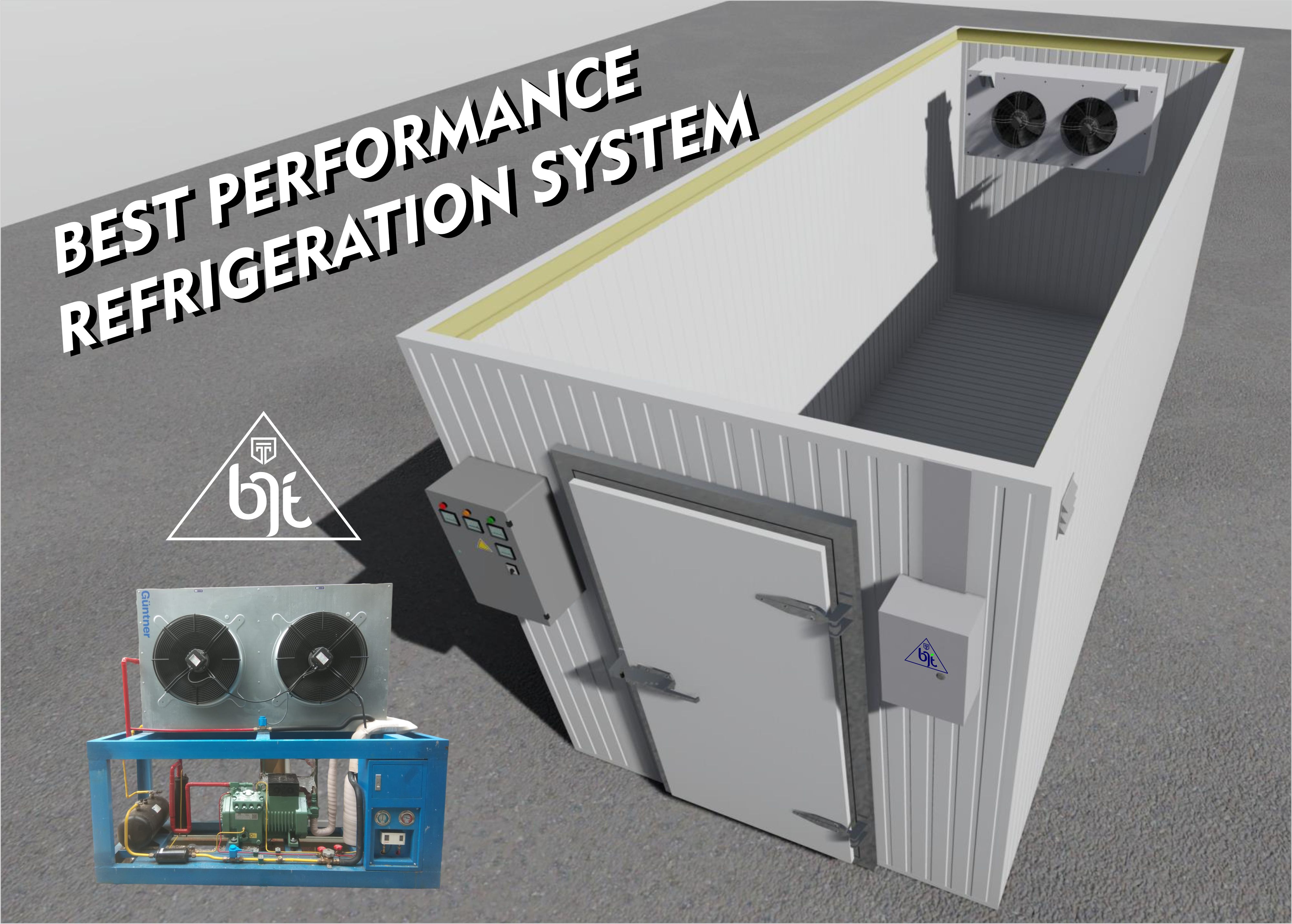
Cold Room vs. Cool Room: Understanding the Key Differences
In this comprehensive guide, we will delve into the fundamental dissimilarities between cold rooms and cool rooms, which are essential to grasp for anyone seeking to optimize their storage needs. Both cold rooms and cool rooms play a critical role in preserving perishable goods and maintaining their quality. However, the terms are often used interchangeably, leading to confusion among businesses and individuals alike. Understanding the distinctions between these two types of storage facilities is crucial in making informed decisions for your specific requirements.
1. Temperature Range:
Cold Room:
A cold room is designed to operate at much lower temperatures compared to a cool room. Typically, the temperature in a cold room ranges from -18°C to -25°C (-0.4°F to -13°F). This low temperature makes it suitable for storing frozen items, such as meats, seafood, ice cream, and other deep-frozen products.Conclusion
Cool Room:
On the other hand, a cool room maintains a higher temperature range, usually between 2°C to 8°C (35.6°F to 46.4°F). This moderate cooling environment is ideal for storing fresh produce, fruits, vegetables, pharmaceuticals, and certain dairy products.
2. Purpose of Storage:
Cold Room:
Cold rooms are primarily intended for long-term storage of frozen goods. They are commonly used in industries dealing with large quantities of frozen products, like food processing and distribution centers.
Cool Room:
Cool rooms are best suited for short to medium-term storage of perishable items that require cooling but not freezing. Restaurants, hotels, supermarkets, and hospitals often use cool rooms for their daily storage needs.
3. Construction and Insulation:
Cold Room:
Cold rooms are built with heavy-duty insulation to maintain the extremely low temperatures required for freezing. The insulation materials used are of high quality, ensuring minimal heat transfer and energy efficiency.
Cool Room:
Cool rooms are also insulated, but the materials used are optimized to regulate moderate temperatures effectively. They are designed to prevent heat from entering the storage area, but the level of insulation is not as intense as that of cold rooms.
4. Energy Consumption:
Cold Room:
Due to the ultra-low temperatures, cold rooms generally consume more energy than cool rooms. The cooling systems have to work harder to maintain the freezing temperatures consistently.
Cool Room:
Cool rooms are more energy-efficient in comparison, as they operate at higher temperatures, requiring less effort from the cooling systems to maintain the desired level of coolness.
5. Applications:
Cold Room:
Cold rooms find extensive use in various industries, including:
- Frozen food storage and distribution
- Ice cream manufacturing
- Pharmaceutical companies (for certain temperature-sensitive medications)
Cool Room:
Cool rooms are employed in a wide range of sectors, such as:
- Restaurants and hotels
- Supermarkets and grocery stores
- Florists and flower shops
- Medical facilities for storing vaccines and drugs
6. Humidity Control:
Cold Room:
Cold rooms often have humidity control systems to prevent freezer burn and maintain the quality of frozen items over extended periods.
Cool Room:
Cool rooms also have humidity regulation mechanisms, ensuring that the stored perishables remain fresh and retain their quality.
7. Conclusion
In conclusion, differentiating between cold rooms and cool rooms is crucial for making the right storage choice. While cold rooms are perfect for freezing and storing frozen goods at ultra-low temperatures, cool rooms are more suitable for maintaining moderate cooling conditions for perishable items without freezing them. Understanding these distinctions will enable you to optimize your storage needs and ensure the quality and freshness of your products, ultimately leading to a competitive edge in the market. Remember to evaluate your specific requirements and choose the right type of storage facility that best suits your needs.
